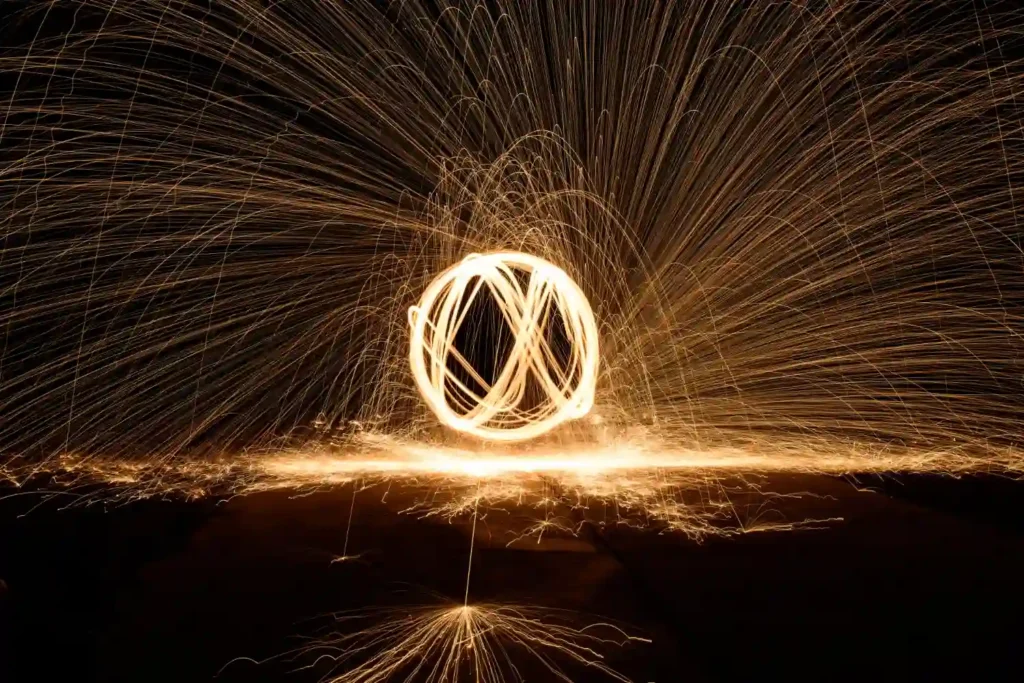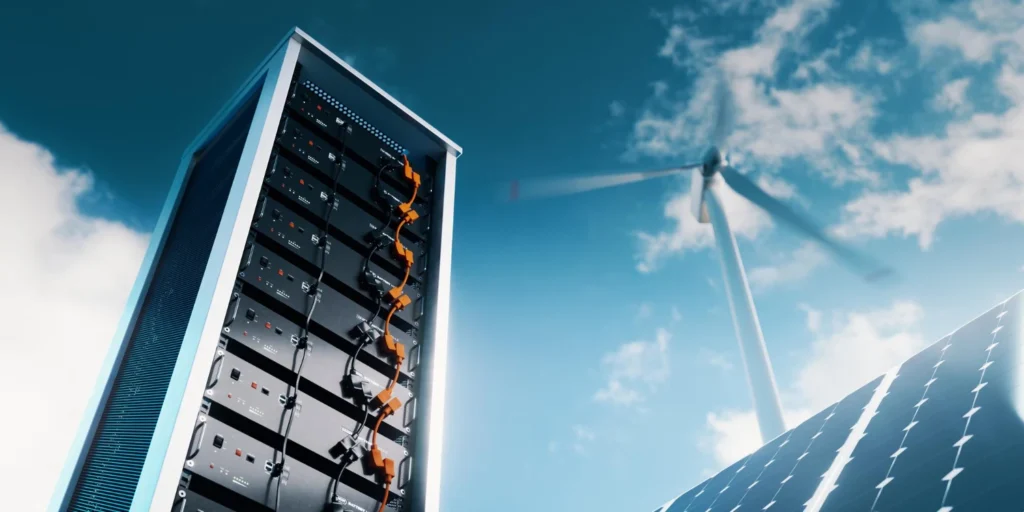As the name implies, self-healing materials are those that will repair themselves if damaged, much like how a cut will clot, heal over and eventually fade. It can be imagined that these materials would be of great use in network assets that are difficult or impossible to access, and for those assets that are vital to network function.
A good example is underground and offshore power cables, which are frequently kilometres long, and often run under or alongside other urban infrastructure or along the seabed. Naturally, a failure in a cable of this type will cause significant disruption while the fault is located and rectified – where such faults occur, they incur significant lost time and repair costs.
So how would self-healing materials help these assets? In most cases, the failure is not brought about by a sudden, catastrophic event (barring third-party mishaps) but rather because of steady deterioration as a result of defects and damage that in many cases are unremarkable but can have insidious and serious longer-term consequences. Gnosys’ self-healing materials are capable of autonomously resolving these defects as soon as they arise, effectively allowing the cable to maintain itself. By preventing defect formation, we can substantially enhance the resilience of the cable and reduce the likelihood of unexpected failures, allowing asset managers to develop longer-term plans, confident in the reliability of their self-protected assets.
However, not all cables are created equal; there are a wide range of cable designs and insulation systems, and the operating conditions at the bottom of the North Sea clearly differ from those under inner-city London. Gnosys has therefore developed versatile technology platforms that can meet the various needs of different cable systems, including solutions for older fluid-filled cables still in use throughout the network. For these cables, the repair system can be retrofitted to incorporate self-healing without needing to excavate the cable, thereby avoiding the need for a capital replacement programme. For others, new polymeric cables can be manufactured with the solid self-repair systems in place. Similar technologies are being developed for gas network assets.
Self-healing materials are only one part of Gnosys’ materials development and condition assessment strategy. We are investigating approaches to keep water out of assets – from cables to inspection pits. With Innovate UK funding support, our advanced materials programme is driving the development of next-generation insulation materials incorporating nano-scale fillers to enhance heat transfer and electric strength in switchgear and power cables. Through NIA-supported projects, we are developing methods to rapidly assess the identity and condition of polymer pipe, fittings and welded joint quality in gas networks as well as developing new internal inspection methods in large power transformers. This enhances the management of new and older assets, and supports better-informed asset management and replacement strategies. We are even diversifying our spatial condition assessment methods to provide safe and secure drone platforms and procedures for beyond visual line of sight operation supporting wide area and long-distance network inspection.
If you have a network challenge we will be pleased to discuss it with you.

